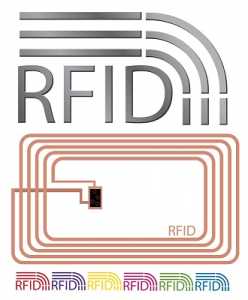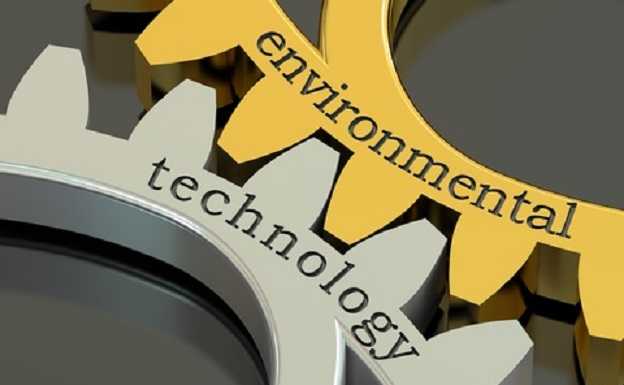The value of IoT tracking is undeniable. Whether it’s following supply chain activities, monitoring production processes, or managing assets, there are plenty of business cases to prove its worth. In tracking, a key variable is location, which presenters in a recent webinar by Link Labs, Asset Tracking and Monitoring in the Internet of Things, described as “the killer app for IoT.” This conclusion was based on Intel’s statement that location is at least a part of more than 70 percent of IoT apps, noted Link Labs CEO Bob Proctor.
Citing the Harvard Business Review, presenters outlined four different layers of capability associated with IoT apps, which each deliver increasing business value: Monitoring (e.g. where is my fleet or inventory); Control (e.g. changing thermostat settings based on weather patterns, preventing vehicles from leaving a confined area, etc.); Optimization (e.g. efficiency of connected farm vehicles can minimize fertilizer use, driving instructions based on the fastest route); and Autonomy. “That’s the Holy Grail, when a sensor or server can send commands without human intervention, such as order more parts, coordinate product delivery or change staffing,” Proctor said.
Investing in location-based solutions is not as simple as picking out tags and readers from a catalogue. The IoT stack can a complicated one that needs to integrate hardware, software and networking infrastructure. In many cases, up-front costs may appear manageable, but additional infrastructure requirements or costs for data transfer can quickly add up while the end results don’t deliver the expected business value.
“It’s important when approaching a location strategy that you don’t think about specific costs,” said Brian Ray, Link Labs founder and CTO. “You have to consider the whole picture: connectivity, infrastructure cost, installation, and ongoing maintenance.”
 Consider the sensor tags. They can range anywhere from passive RFID tags that are under $5 to WiFi-enabled tags that can run up to $60 or even higher. “Passive tags may be inexpensive but they can only detect over a short range and require expensive readers at the chokepoints, such as the retail exit doors,” Ray explained.
Consider the sensor tags. They can range anywhere from passive RFID tags that are under $5 to WiFi-enabled tags that can run up to $60 or even higher. “Passive tags may be inexpensive but they can only detect over a short range and require expensive readers at the chokepoints, such as the retail exit doors,” Ray explained.
Latency and accuracy are also key concerns, as are environmental conditions. “Ultra-wideband works in an open environment, such as a warehouse where tags help locate items at the shelf and package levels. But you can’t use that in a hospital setting because you would need many readers for each space, at a cost of about $5000 each,” Ray explained. “A more common choice for healthcare is infrared where the receivers can be located in the ceiling of each room. The equipment is not that expensive, but you do have to wire every room, so this makes the most sense in a new construction scenario.”

Link Labs specializes in Active RFID solutions using Bluetooth. “The tags are cheap, the infrastructure can be cheap, and you can have a reader in every room that receives transmissions from the tag. Often they can be the lowest cost total solution,” Ray claimed. Applications that may take this approach include tools and equipment location in a smart manufacturing environment, inventory lifecycle tracking and monitoring, production planning based on parts availability, construction management, monitoring personnel working in challenging environments, and asset tagging for field service teams.
When developing an IoT location strategy, there are a number of questions an IT professional should consider, including:
- What is the best technology (i.e. readers and tags) for your needs? How valuable is the asset you are tracking?
- What is the state of your current infrastructure? Are you implementing asset tracking in a green field environment or replacing another system? If you are replacing a system, can you leverage existing technology?
- What do you need to track and to what level of accuracy? Is it enough to have an approximation of an asset’s position within a few meters (e.g. a room or area of a hospital) or do you need exact location data? “You can end up paying a lot for the last three meters so you need to plan carefully,” Ray said.
- What about latency? Do you need real-time data transfer?
- What will data costs be? “Cellular data must be managed carefully,” Ray said. “You have to consider how you should architect your system. If you are sending data that is not valuable information you could be racking up a pretty significant bill for a low return on investment. Managing the data piece is very critical to your ROI.”
- What are the building conditions? Is it an open space, or are there multiple rooms that require additional readers/access points? This will have a significant impact on the type of tags and readers you choose and the related costs.
- What size and form factor of tag will work best? “Tags can sometimes represent the biggest cost,” Ray said. “Bear in mind that many active emitters have a limited battery life and will need replacing. As far as form factor goes, you can’t put a giant tag on a tiny instrument.”
- What type of underlying technology will you need? Over-the-road tracking typically uses cellular, indoor applications can include a range of technologies, including WiFi, RFID, ultra wide-band or Bluetooth.
- Who will be responsible for the system and ongoing maintenance? How much integration will be involved?
- How will tracking change organizational workflow? “The more processes workers have to follow, the more resistant they may be because there are additional metrics they have to account for,” Ray cautioned. “Tracking is only helpful if you see a clear business benefit.”
An overview of various IoT tracking technology options is featured in this Link Labs white paper for the healthcare sector.








